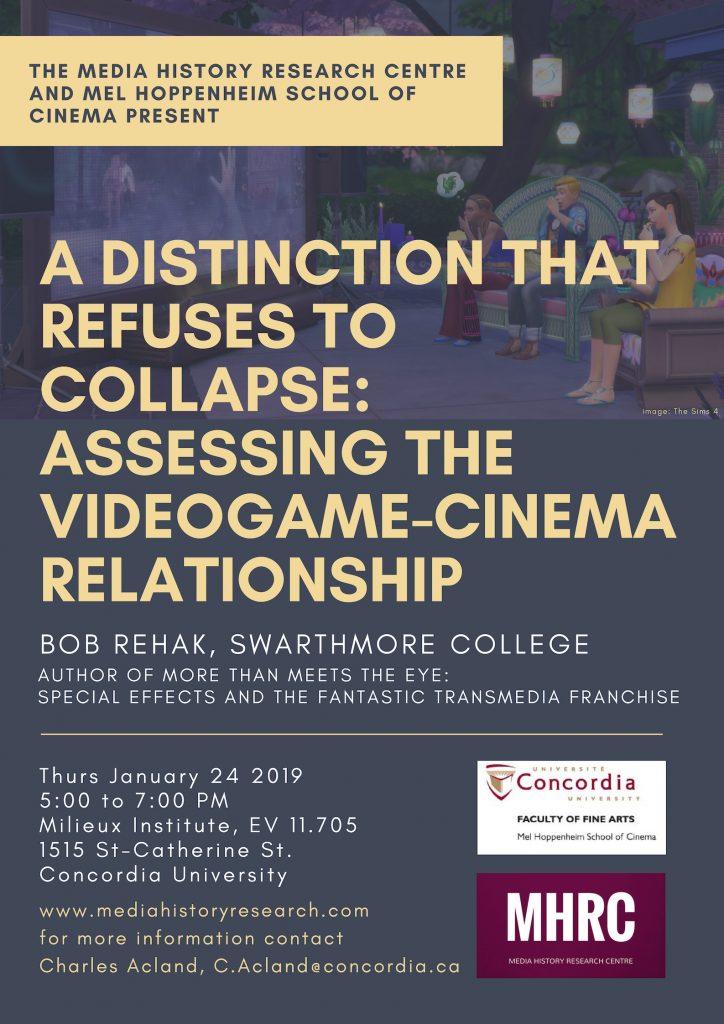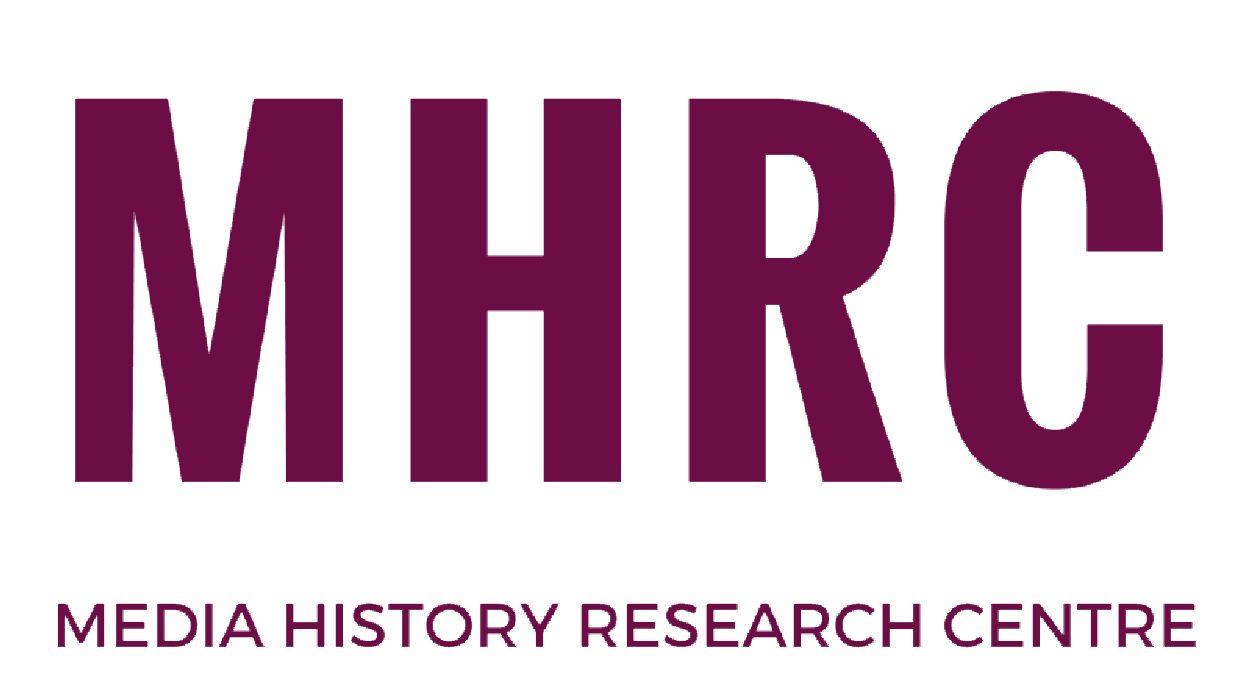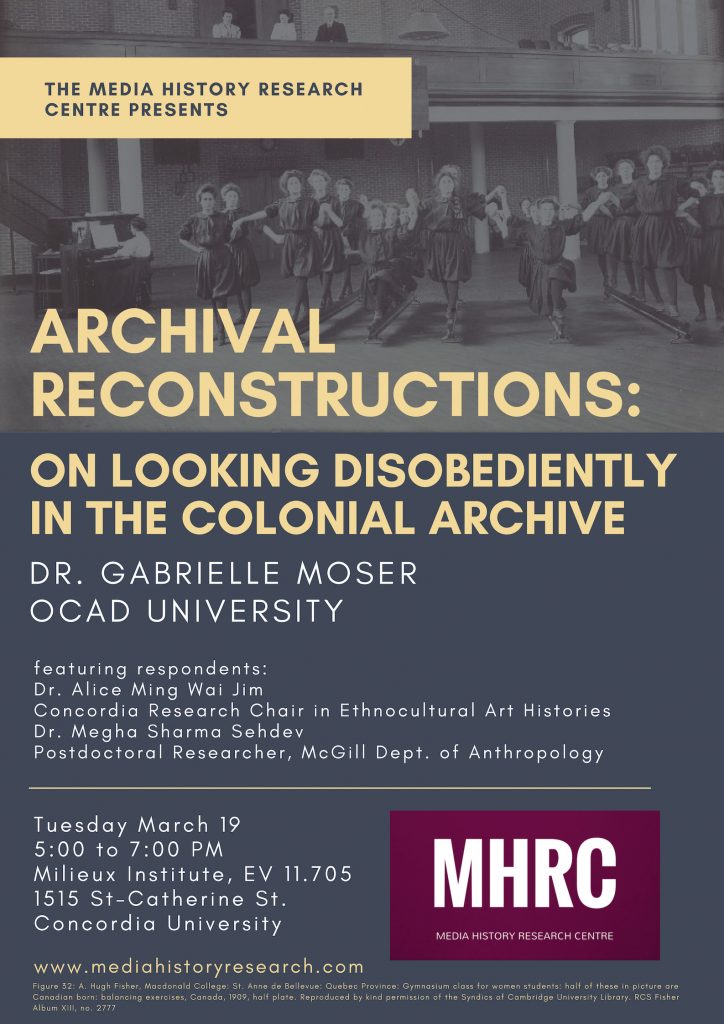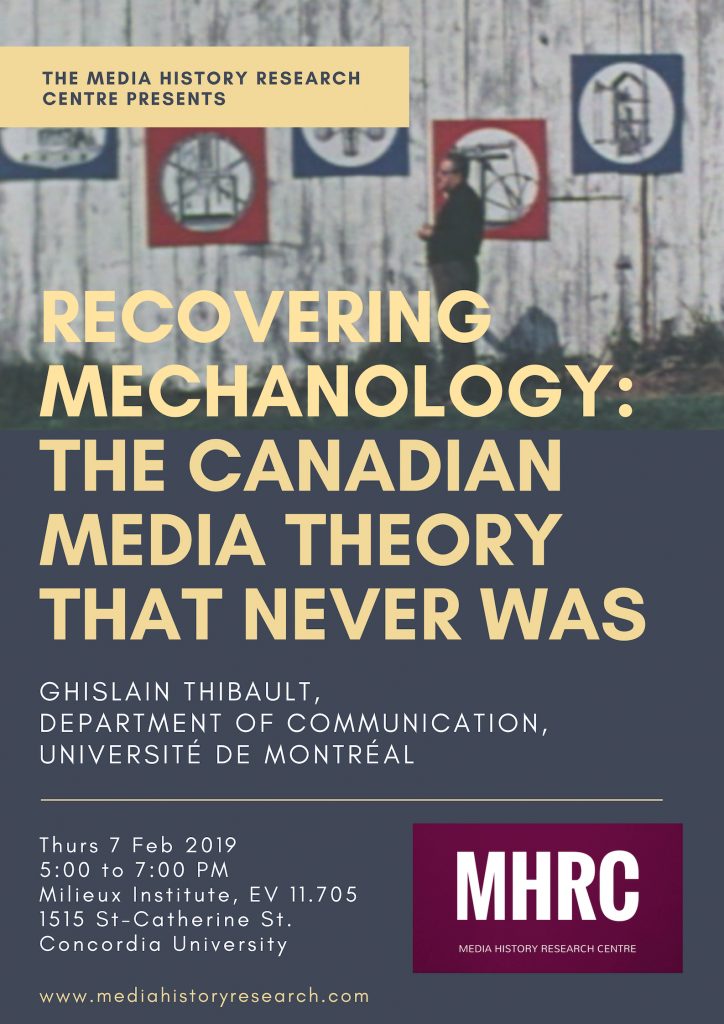A Distinction that Refuses to Collapse: Assessing the Videogame-Cinema Relationship | Bob Rehak

The historical relationship between film and videogames is both overdiscussed and underanalyzed; structured from the start by assumptions about the two mediums’ simultaneous affinity and alterity–what they share and what sets them apart–the narrative of their coevolution over the last forty years seems caught up in conceptual paradoxes whose unresolvability traps the conversation in a kind of eternal present tense in which successful fusion is always right around the corner. Taking a cue from special effects studies (which similarly diagnose an imminent yet ever-deferred arrival of “perfect” graphical simulation), I seek to move past conceptual roadblocks about the videogame-cinema relationship by cataloging and debunking their most common tropes. In so doing, the talk highlights certain problems of “doing” media history in an era of massively promoted technological sublimity and triumphalist capitalism: market-friendly and audience-flattering mythologies symptomatically expressed in the language of transmedia worlds and brands.
Bob Rehak earned his B.A. in English from Eastern Michigan University in Ypsilanti (1992), his M.A. in Communication Studies from the University of North Carolina at Chapel Hill (2000), and his Ph.D. in Communication and Culture from Indiana University at Bloomington (2006). His scholarship has appeared in Cinema Journal, Film Criticism, the Journal of Fandom Studies, Science Fiction Film and Television, and Information, Communication and Society, as well as in the edited collections The Video Game Theory Reader, Videogame/Player/Text, The Cybercultures Reader, Spreadable Media, and the Screen Decades and Behind the Silver Screen series.
His monograph More Than Meets the Eye: Special Effects and the Fantastic Transmedia Franchise was published by New York University Press in 2018, and he is currently writing VideoGames Go to the Movies for Routledge. He is co-editor, with Dan North and Michael S. Duffy, of the anthology Special Effects: New Histories/Theories/Contexts (BFI/Palgrave, 2015)
Thursday January 24 | 5 – 7 PM
Milieux Institute EV 11.705
Concordia University
1515 St. Catherine St. W


